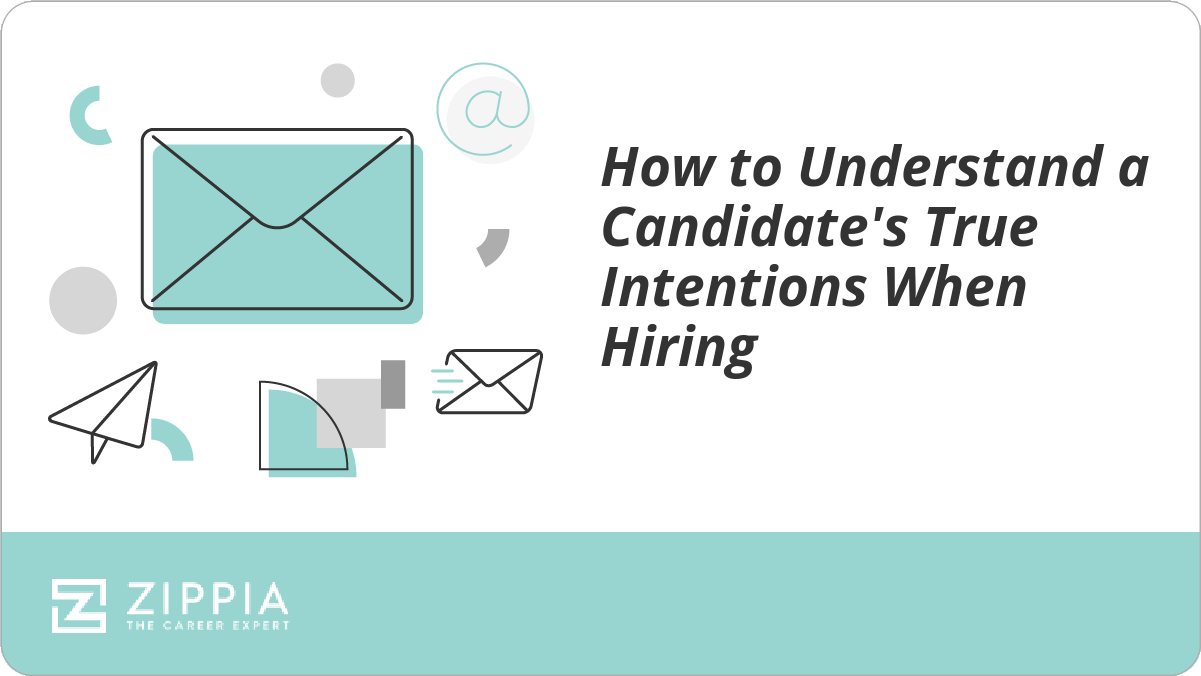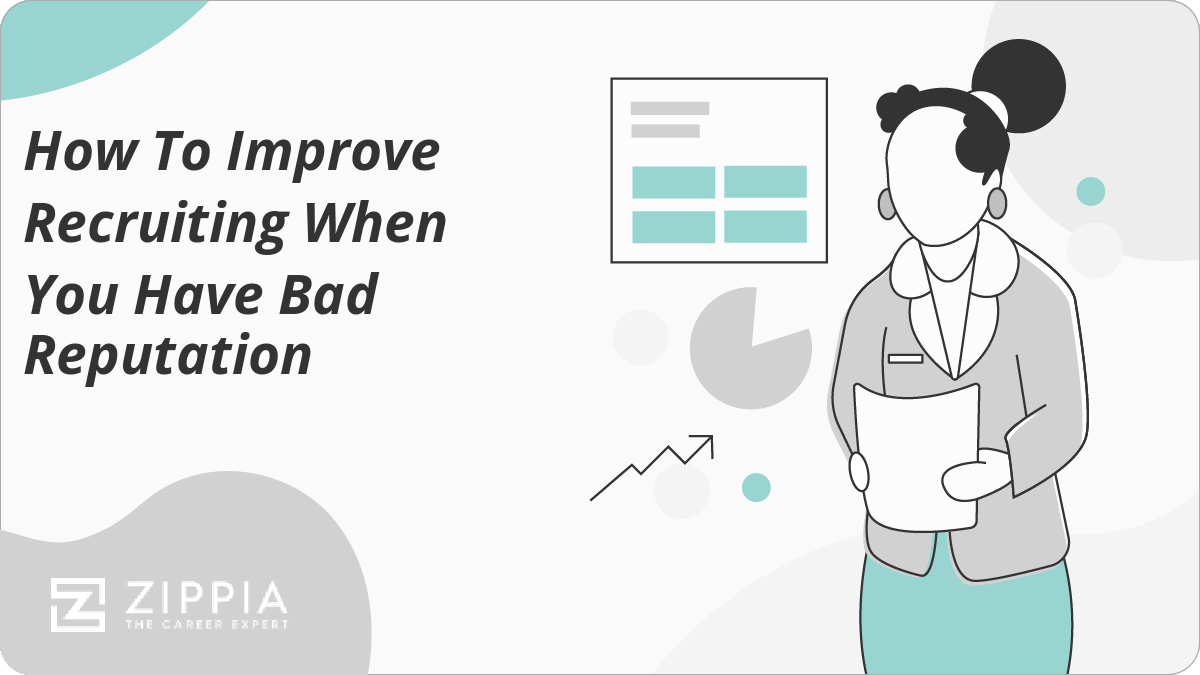Every company has some manner of talent acquisition. Everyone hires, seeks out talent, and tries to hold onto the employees they already have. This is just a part of doing business and staying competitive. Talent acquisition, however, focuses on trying to get the absolute best people for your positions.
Key Takeaways
-
Talent acquisition is the process of recruiting and retaining the best talent for the position.
-
Talent acquisition is often done by an HR department, but some businesses will have a specialized team of talent acquirers.
-
Unlike recruitment, talent acquisition is a long-term process. It involves continually searching for skilled personnel and making sure that there are policies in place to keep the skilled people already on the payroll.
What Is Talent Acquisition?
Talent acquisition is the process of finding, recruiting, and maintaining workers. As implied in using the term “talent,” the process is also focused on finding personnel who are going to be a long-term benefit to the organization. That means that talent acquisition is a long-term process and is continual, rather than just the filling of empty positions.
While hiring certainly isn’t just sticking the first warm body you come across in the chair, it often isn’t as selective as talent acquisition. That’s because there isn’t a timetable for talent acquisition, unlike when you hire to fill an empty post. It involves seeking out people with qualifications that are very suited to your company and trying to convince them to work for you.
Talent acquisition is usually a part of HR and is sometimes conflated with HR. However, it very much isn’t the same as an HR department – it’s only one piece of it. While an HR department is in charge of employee benefits, salary, and disputes, they aren’t the ones who set those policies.
Talent Management Strategy
There is a process for talent acquisition and management. A lot of it has to do with being willing to take the time to do it properly. Talented and highly skilled people tend to have a lot of options open to them, which means that you need to make your offer especially attractive in order to get them to choose to work for you.
Talent acquisition is a process. It involves:
-
Figuring out where you think finding talent will be most effective. Depending on your organization and how much time and money you have to spend on the process, you will need to streamline your talent acquisition. That means selecting the positions you most want to be filled by the best talent and focusing there.
-
Searching for leads. There are many ways to scope out potential talent. These include job fairs, colleges, conferences, and other relevant gatherings. Some of the people at these events will be looking for a new job, and they’ll likely be an easier sell.
However, talent acquisition can also involve headhunting. If you run across someone at another company that has the qualifications and qualities that would work well for your company, you can try to recruit them as well. It’s less of a sure bet, but it also assures they’ll have some experience.
-
Attracting potential candidates. This is a multipart process. It includes making sure that you offer a high enough salary, good benefits, and other perks employees will be interested in. For some candidates, that’ll be working from home. For others, it’ll be an involved culture or flex time.
Depending on the company structure and how badly you want a particular candidate, what you offer can vary. Employees that are especially in demand sometimes end up with better perks than other members of the staff, but it’s important to not be too obvious in your favoritism, or you may drop your employee retention elsewhere.
-
Interviewing your candidates. Once you have a good number of applicants, you need to start working through them. The interview helps you learn more about them and see if you think they’d be a good fit with your company culture.
-
Making the final selection. Your selection will be based on several metrics. Some of it will be their resume and general qualifications. Another part will be how they performed in the interview and whether you think they’ll fit in well with the company culture. References are also a factor in this decision, as well as negotiations.
-
Bringing your new talent onboard. Once you’ve made your final selection, you bring the new employee on board.
Talent Retention Strategy
It’s important to remember that talent acquisition also covers keeping the talent that you have, especially if they’re very skilled and an asset to the organization. There are various ways to do this as well. They include:
-
A competitive salary. A salary is the main reason that an employee works for you. If your salary is below the average, you had better have some excellent other benefits or perks to make up for it, or you won’t retain your best people.
-
Generous benefits. These are varied, but the most important is good healthcare, retirement benefits, and paid leave. The last one is especially important if you want to retain your employees after they become parents, or recruit ones who are parents.
-
Flex time as needed. Sometimes people have things they need to take care of. In a salaried position, there is the expectation that so long as the work is getting done, it doesn’t matter how much time you spend in the office, though that’s rarely a reality.
Flex time is especially important to caretakers, whether they’re parents, caring for an injured spouse, or taking care of their aging parents. Sometimes they won’t be able to come to the office or will have to leave early. Giving them this ability can make a huge difference in their ability and willingness to stay with your organization.
-
Being responsive to employee problems. Work is only part of life. Sometimes issues will arise that will need to be addressed. This may be a change in the employee’s life, such as asking to work from home sometimes when they have young children. Other times there will be conflicts between employees.
If your HR system is able to handle these reasonably and fairly, that will make a big difference in how the employees view their workplace. Having a poorly settled dispute can ruin a workplace for someone and make them look elsewhere.
-
Vacation and sick time. While this is part of the benefits package, having paid sick leave and vacation are important motivators for employees. It’ll also encourage people not to come into the office sick and spread it around, leading to less productivity overall.
Tips for Effective Talent Acquisitions
Talent acquisition is a complicated process that involves a lot of work and time. While the individual details may vary depending on the industry you work in and who you’re trying to recruit, there are good practices to have. Here are some general tips to keep in mind.
-
Look ahead. Be proactive. Don’t start looking for talent when a new position opens or when someone’s about to retire. Have potential candidates on your radar to recruit when you need a role filled. Also, be sure of good places to look for talent when you need it.
-
Have a process in place. This will allow you to easily identify and track potential candidates. It also means that everyone knows what to do when you need to hire a new person or have the chance to bring in someone who will be a great asset to the company.
-
Make sure you have buy-in. There isn’t much that can foul a process more than infighting. If your HR, recruitment, and management teams are at odds with one another, you won’t be effective. Also, be sure that other employees are on board with the process as well. You don’t want to foster resentment or apathy.
It should also be noted that the more people involved in the talent search the more likely you are to find someone. Of course, you shouldn’t necessarily believe everyone who suggests their cousin would make an excellent addition to the team, but you’ll sometimes be pointed to a highly qualified candidate you would’ve otherwise overlooked.
-
Don’t be in a hurry. Good talent acquisition takes time. Highly qualified candidates aren’t everywhere, and they’re often quickly hired by other companies. Keep track of the ones who you’d really like to work for you, even if they turn you down the first time.
And don’t rush to someone who’s close enough – someone with the right qualifications will come along if you’re patient.
Talent Acquisition vs. Recruitment
There is a definite overlap in talent acquisition and recruitment, but they aren’t the same. They actually differ in both their end goal and the scope of the work. Recruitment is just focused on filling empty positions in a workplace. Talent acquisition, on the other hand, is continual. It looks for the best candidates for working at the organization and seeks them out.
The other major difference is in how the hiring process goes. In recruitment, you put out want ads and let the candidates come to you. Talent acquisition involves proactively looking for talent to bring into the organization. That isn’t to say that recruitment never goes looking for candidates and talent acquisition never puts out want ads, but it isn’t their primary form of searching.
Talent Acquisition FAQ
-
Who handles talent acquisition?
Talent acquisition is most often handled by the HR department, however, some larger organizations will have a team dedicated to talent acquisition. There are specific talent acquisition positions, such as a talent acquisition manager, a talent acquisition coordinator, and a talent acquisition partner.
-
What kind of software can aid in talent acquisition?
There is specific software that can aid in talent acquisition. The ones rated best by Forbes are ZipRecruiter, LinkedIn, and JazzHR. These programs will help you with finding talent, recruiting them, and keeping track of them.
-
Why is the process of talent acquisition important?
Talent acquisition is important because for many companies their primary asset is their personnel. Having the best, most qualified, and highly skilled employees can make a company way more successful than it would be otherwise.
Beyond that, recruiting and training new staff is expensive. Once you have someone who’s competent at the position and well-trained, it’s much more economical to try to keep them as long as possible. It’s also less disruptive to the other employees and the organization in general if there’s low turnover.
- Recruitment Strategies
- Talent Acquisition
- Recruiting Methods
- Social Media Recruitment Strategy
- Making a Recruitment Video
- Sourcing Talent
- Social Media Recruitment Strategy
- Talent Attraction Strategies
- Recruitment and Selection Policy
- Recruitment Goals and Objectives
- Linkedin Recruitment Tips
- Career Fair Checklist
- How To Add Value As An In-house Recruiter
- Linkedin Recruiting Secrets
- The Myth Of Guaranteed Placement
- How To Source Multi-generational Talent
- The Recipe For Great Recruitment
- Why Sourcing Isn't Recruiting
- How To Build A Talent Pipeline On Linkedin
- The Modern Recruiting Workflow
- How To Wite Cold Emails To Passive Candidates
- Essential Recruiting Metrics
- How To Recruit Talent At A Conference
- Cold Recruiting Emails To Candidates
- How To Maintain An Active Talent Pool
- How To Write LinkedIn Messages To Candidates
- Recruiting Metrics That Matter
- How Blind Hiring Can Contribute Workplace Diversity
- Why Internal Recruitment Is The Best Place To Start
- Recruiting Alternatives Linkedin
- How To Create A Recruitment Plan





